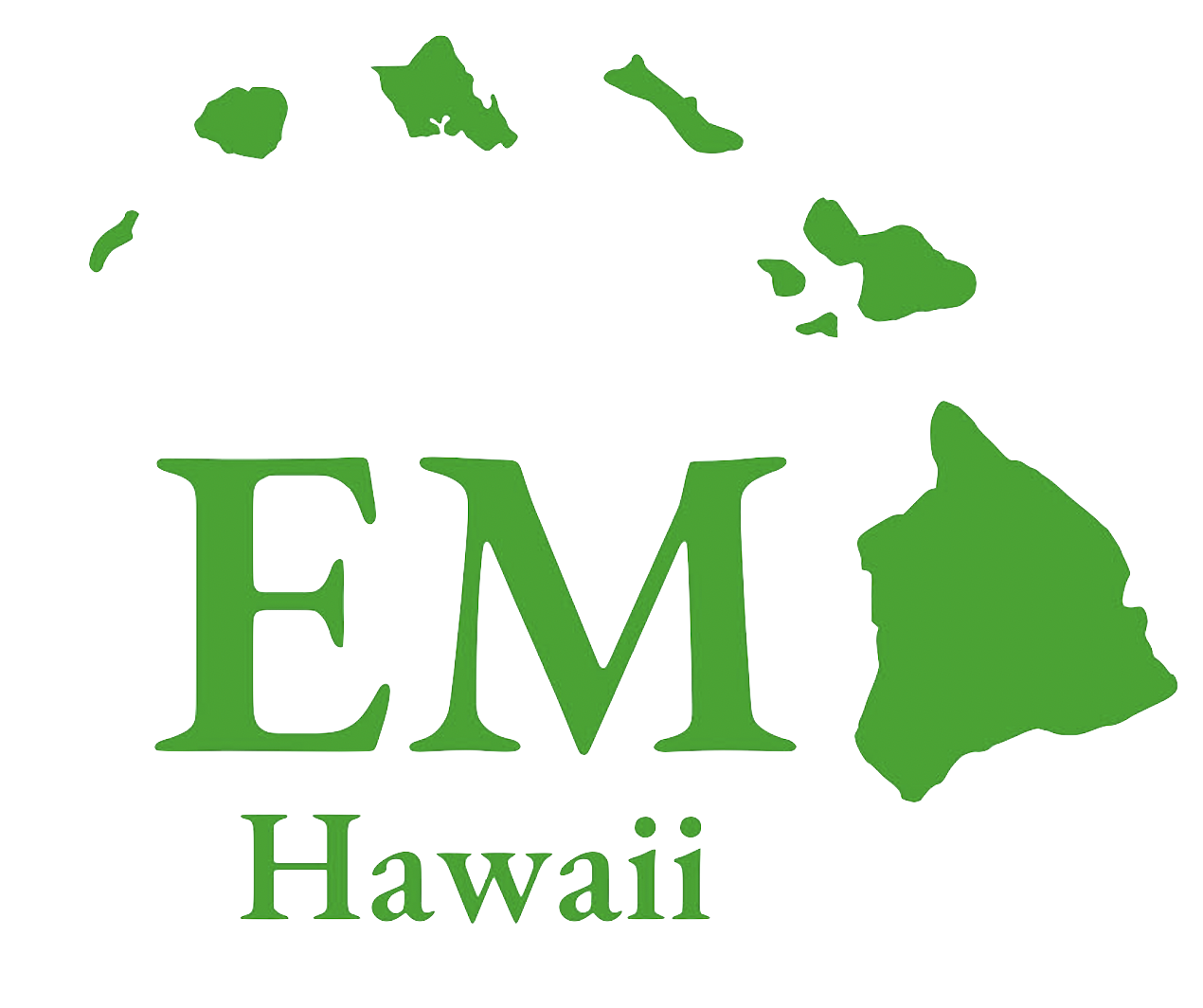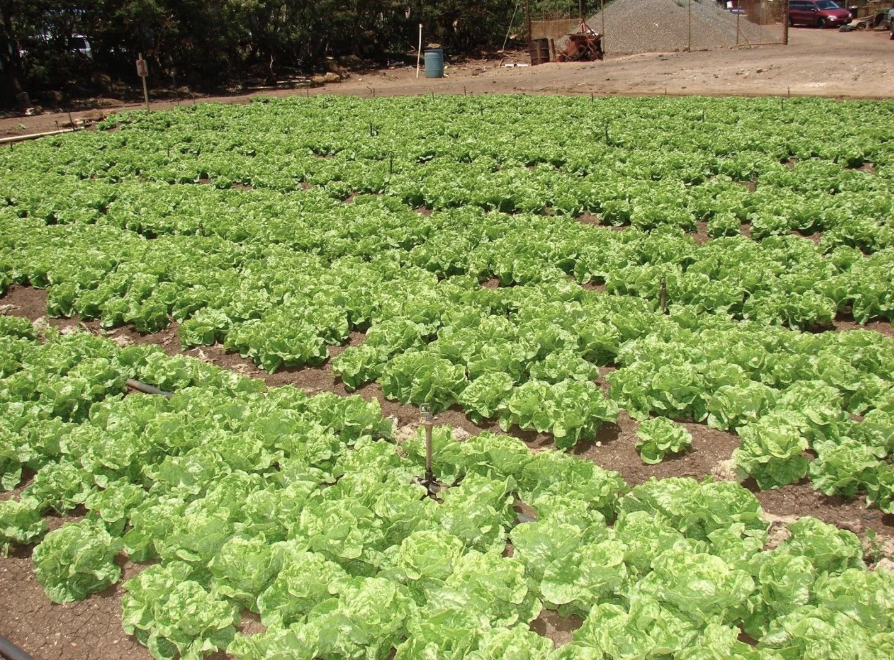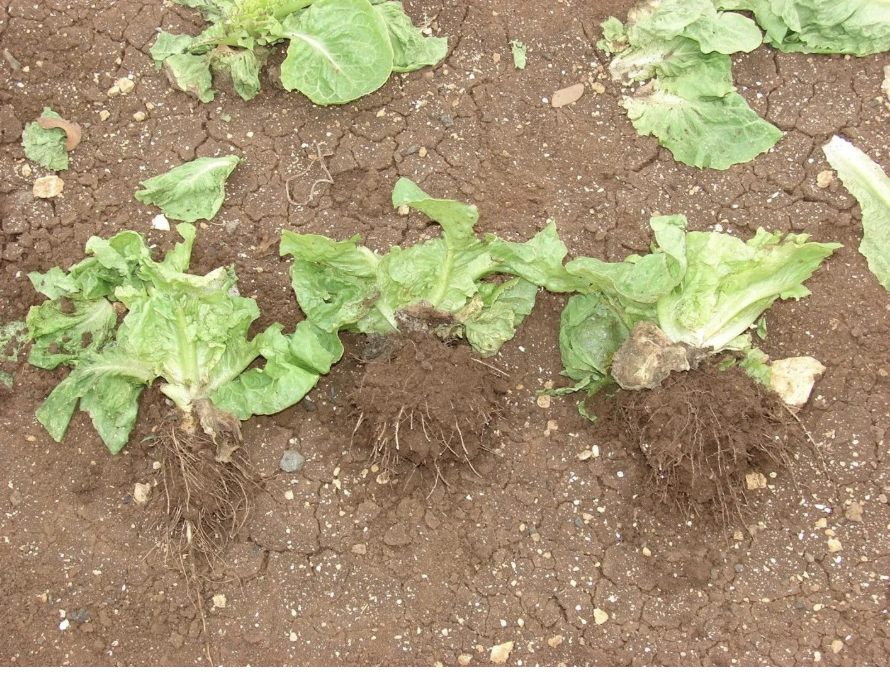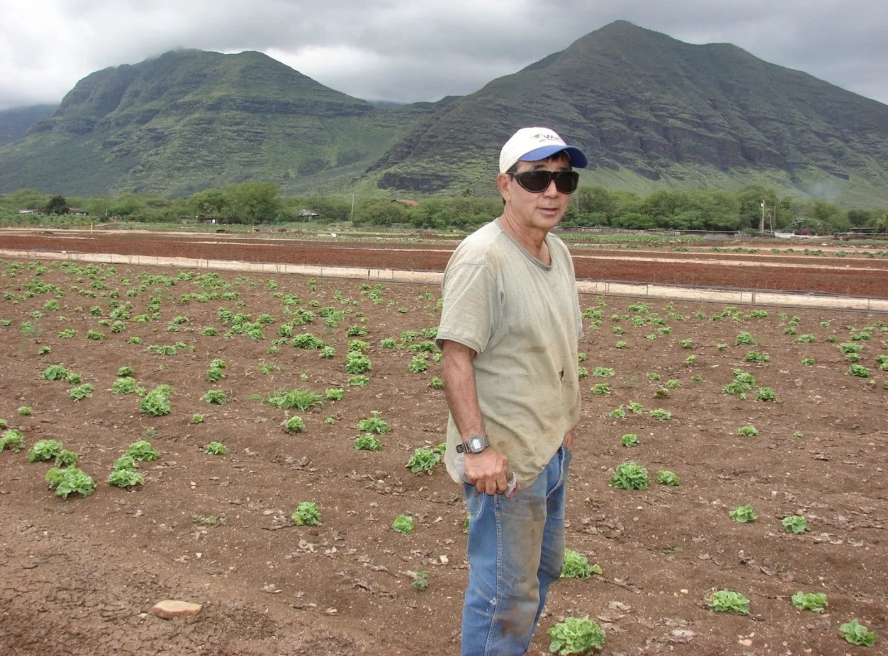
EM•1® Microbial Inoculant Effectively Controls Lettuce Fusarium Wilt at Kaneshiro Farm
EM•1® Microbial Inoculant Effectively Controls Lettuce Fusarium Wilt at Kaneshiro Farm
A fungus causes Fusarium wilt of lettuce. It causes lettuce to wilt, turn yellow, develop tip burn, and die.
Once introduced into a field, the fungus may remain indefinitely.
At that time, the only effective control measure is to avoid planting in the infested fields for at least several years.
Owen Kaneshiro has applied EM•1® as pre-plant soil, along with chicken manure. He has maintained consistent weekly foliar applications of EM•1® at a rate of 1:50 to control Fusarium wilt damage in his Manoa lettuce fields.
This enables the Manoa lettuce’s plant immune system to recover from the initial attack. Owen harvested an impressive 3,700 lbs from this known infested field. This harvest is more than some of his other Manoa lettuce fields that did not have Fusarium, which averages 3,300 lbs.
A second planting of Manoa lettuce in the same field a year later produced similar results, with 3,600 pounds at harvest!
Harvesting Manoa lettuce from a field known to have a high incidence of Fusarium wilt. Nanakuli, Hawaii (Island of Oahu)
Another view of the Manoa lettuce field shows some empty spaces where lettuce did not mature due to Fusarium wilt damage.
Manoa lettuce stunted by Fusarium wilt recovering from repeated EM•1® applications.
Manoa lettuce is growing healthy after initial damage from Fusarium wilt.
Manoa lettuce is growing healthy after initial damage from Fusarium wilt.
Manoa lettuce after harvest. The plant showed signs of initial Fusarium wilt damage but recovered to harvest, exhibiting nice, healthy roots.
Owen Kaneshiro, 3rd generation Okinawan farmer.
Manoa lettuce that was too small at harvest is still growing in fields known to be affected by Fusarium wilt.







